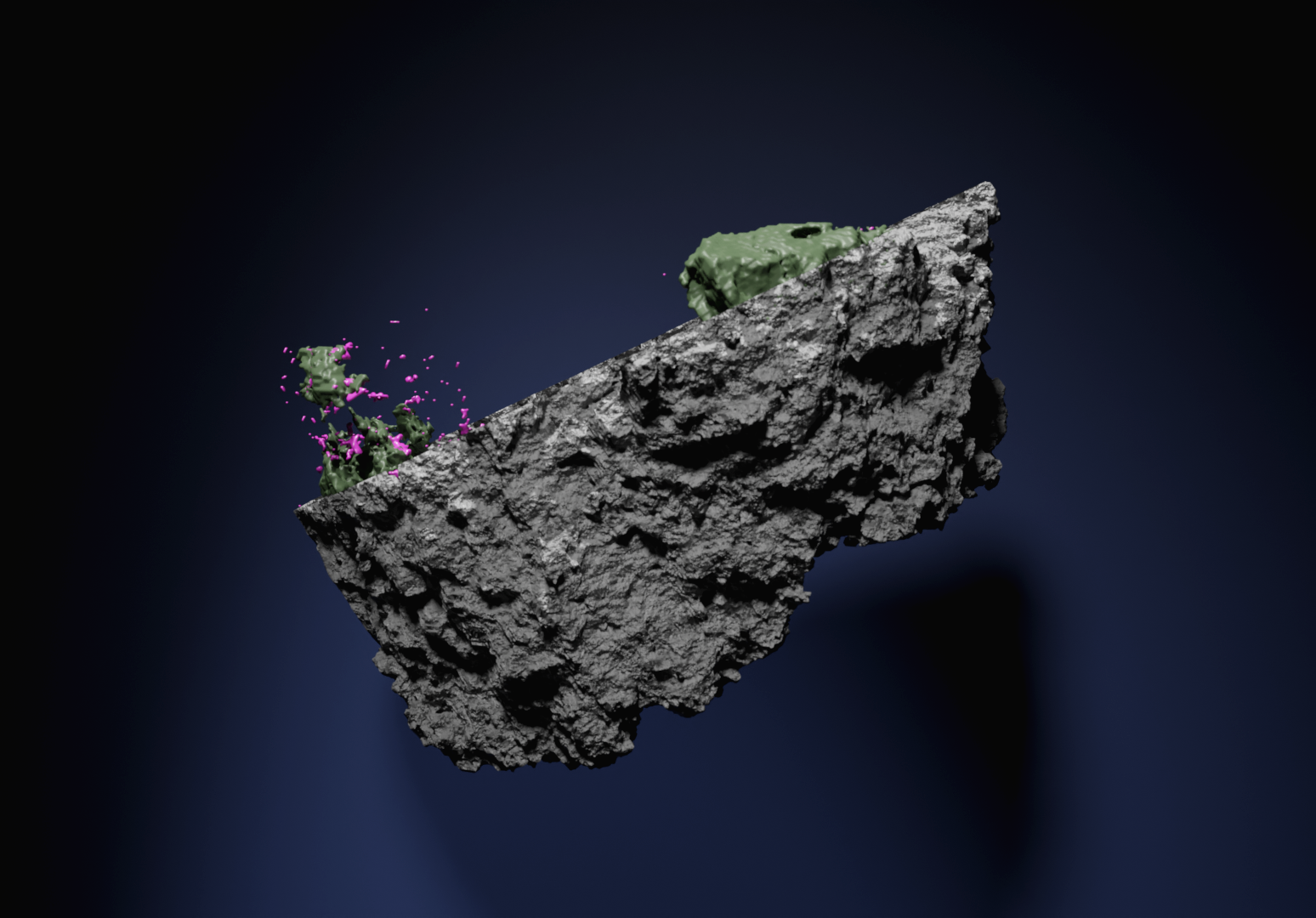
Neutron tomography has given scientists new insights into the possibilities of life on Mars, by investigating a meteorite from the Red Planet. The study showed that the meteorite had limited exposure to water, making life at that specific time and place unlikely. The international research collaboration was led by Lund University and involved the Universities of Glasgow and Malmö, as well as the research facilities ILL and ESS.
NASA's Mars rover Perseverance parachuted onto the dusty surface of the planet in February 2021. The vehicle will gather samples over a number of years to try to find out if there has been microbial life on Mars. NASA don not plan to send the samples back to Earth until around 2030, however material from Mars is already being studied - in the form of meteorites. In a new study published in Science Advances, an international research team has studied an approximately 1.3 billion-year-old meteorite using advanced techniques.
“Since water is central to the question of whether life ever existed on Mars, we wanted to investigate how much of the meteorite reacted with water when it was still part of the Martian bedrock”, explains Josefin Martell, PhD student in Geology at Lund University.
To answer the question of whether there was any major hydrothermal system, which is generally a favourable environment for life to occur, the researchers used neutron and X-ray tomography. Neutron tomography is a non-destructive 3D imaging technique for analysing all kinds of samples. The rapidly developing field of neutron imaging has a significant impact on material science due to its unique capabilities, above all the high sensitivity to light elements, such as hydrogen and lithium.
“By visualising the neutron and X-ray data at the same time, we were able to reveal the inside of the meteorite and see where water has altered the structure,“ says Robin Woracek, ESS Instrument Scientist and co-author of the study.
The results from the meteorite study show that a fairly small part of the sample seems to have reacted with water, indicating that no large hydrothermal system could have caused the alteration.
“A more probable explanation is that the reaction took place after small accumulations of underground ice melted during a meteorite impact about 630 million years ago. Of course, that doesn’t mean that life couldn’t have existed in other places on Mars, or that there couldn’t have been life at other times”, says Josefin Martell.
The researchers hope that the results of their study will be helpful when NASA brings back the first samples from Mars, and that neutron and X-ray tomography will be used to study them.
“We strongly believe that ESS will play a key role in investigating samples from Mars brought back to earth by NASA around 2030,” says Robin Woracek. “At that time, ESS will be a leading neutron source that provides unique research opportunities.”
At ESS, researchers will also be able to use neutron and X-ray tomography simultaneously for their experiments. The ESS instrument ODIN will be the first combined neutron and X-ray imaging instrument at a pulsed neutron source. This will allow for scientific breakthroughs in many fields, using the facility’s unprecedented capabilities and neutron brightness. Read more here.

























